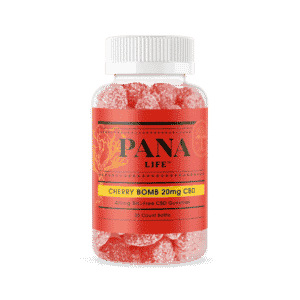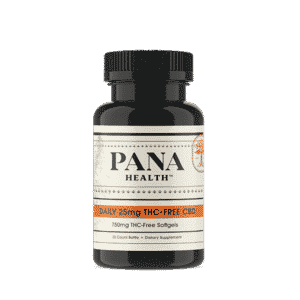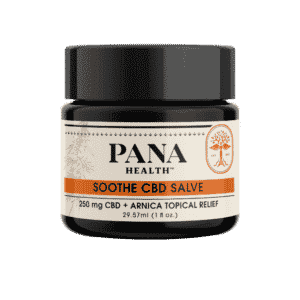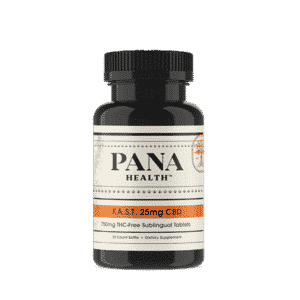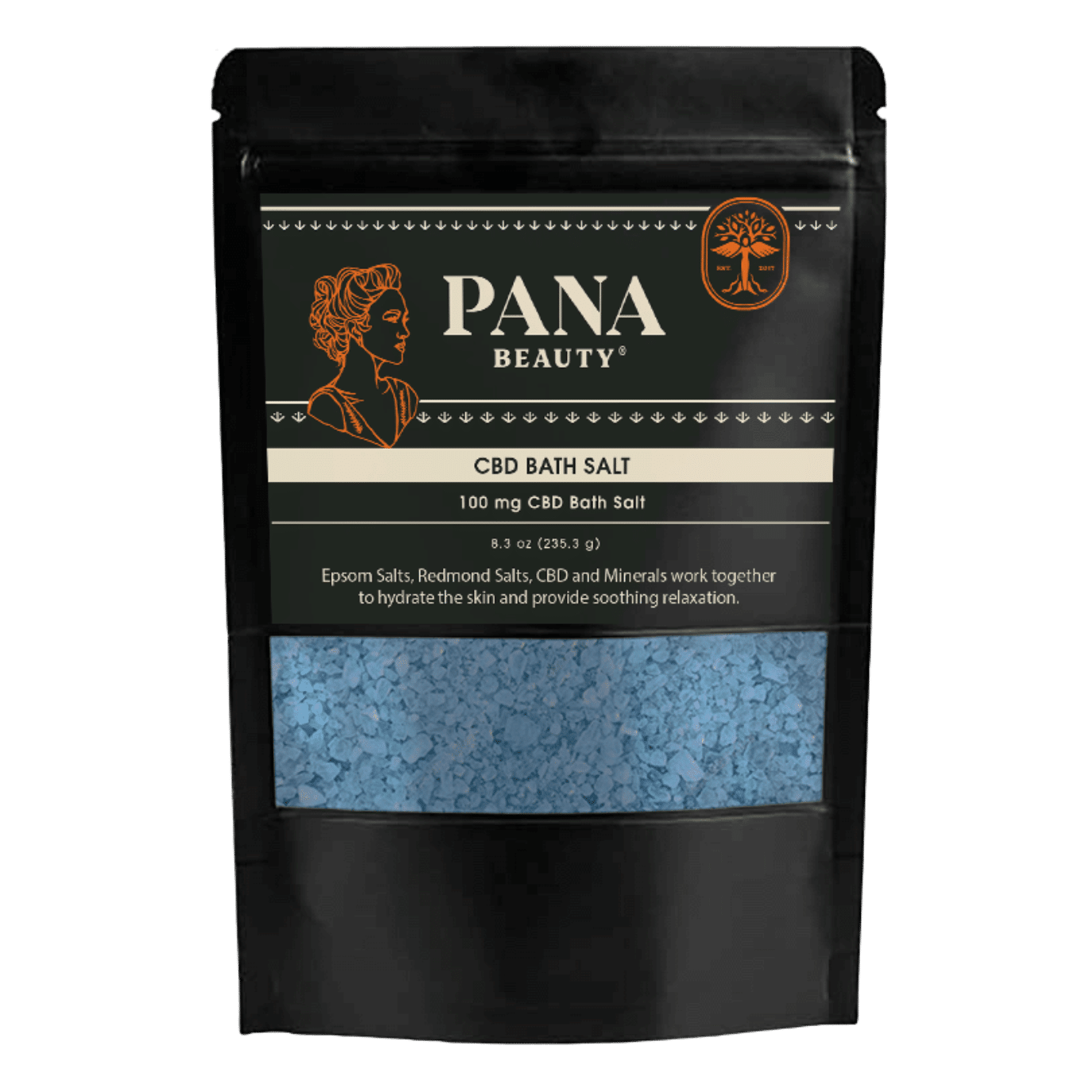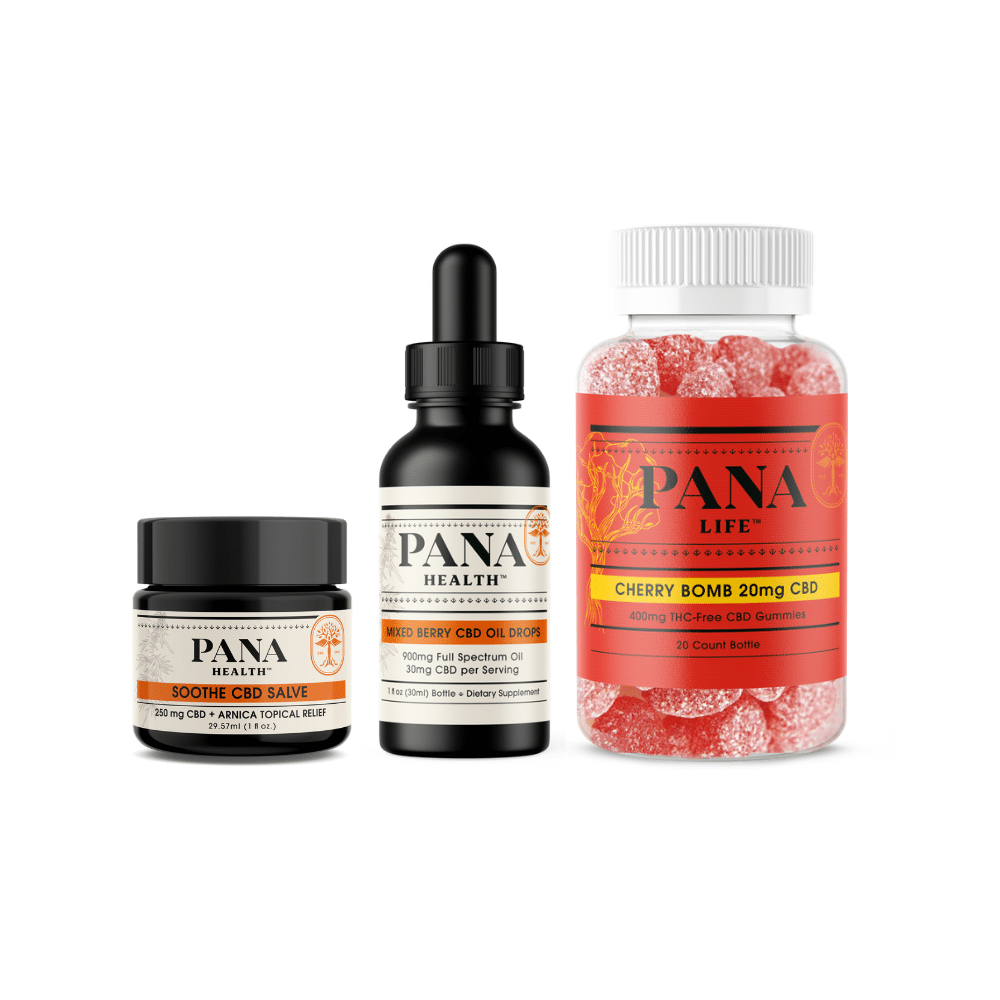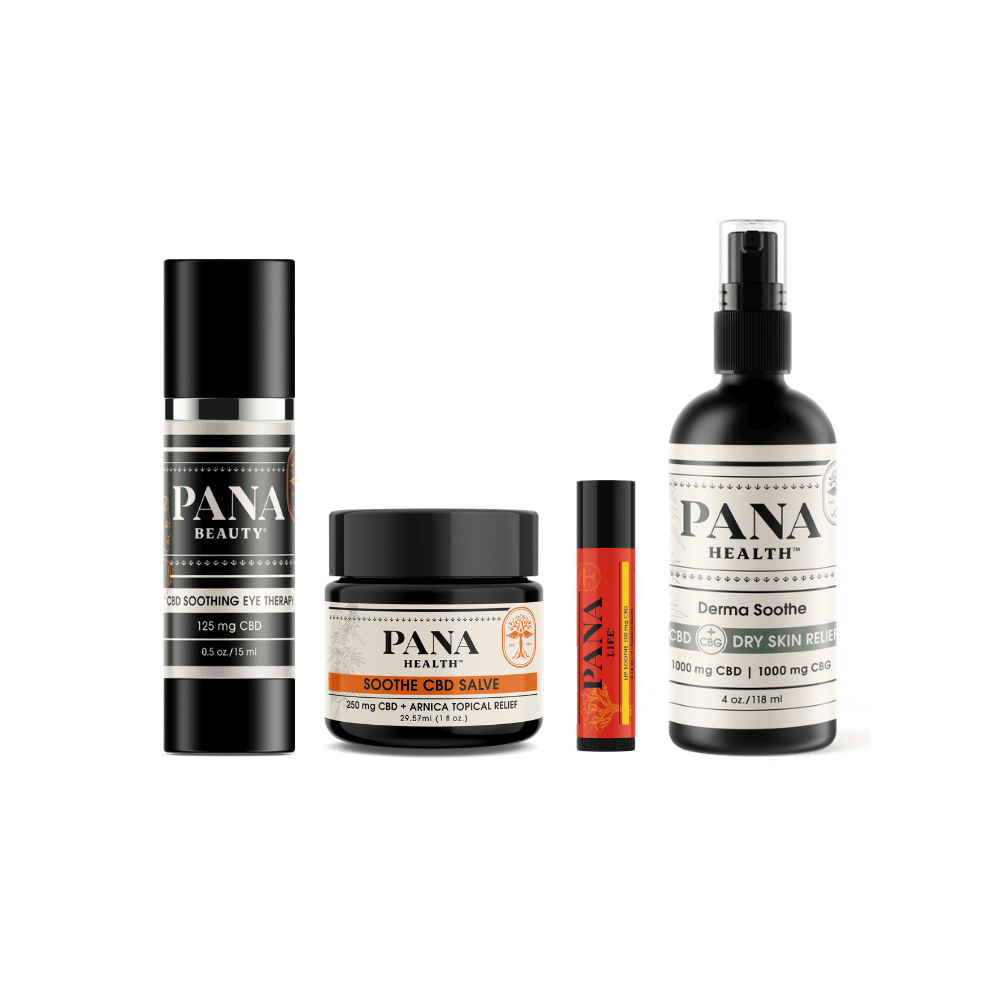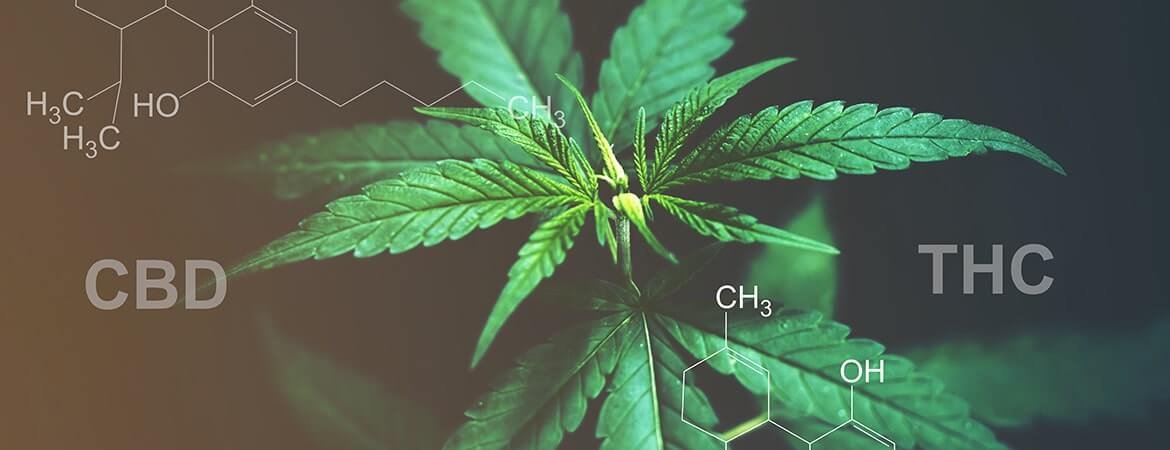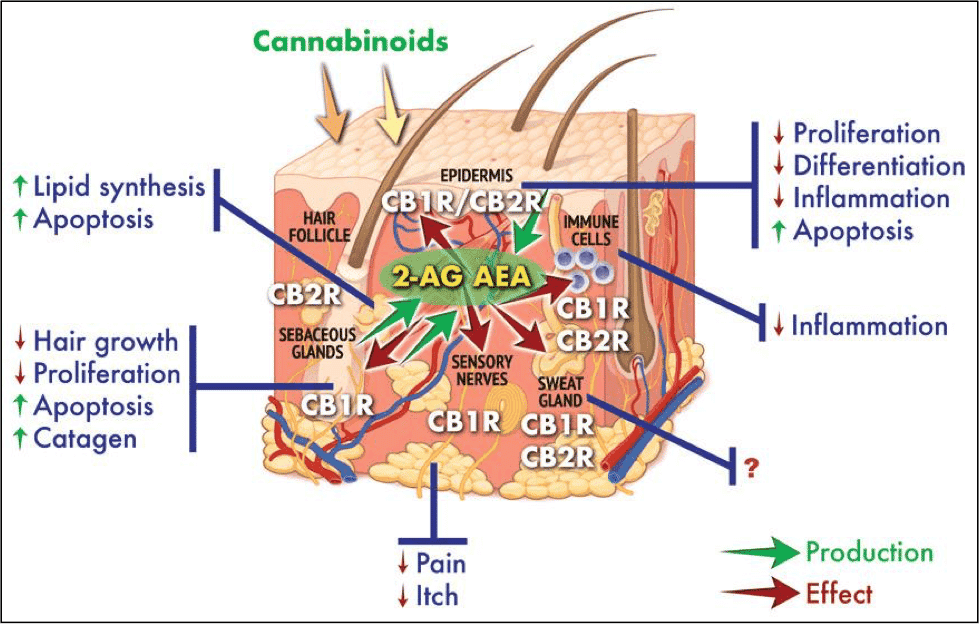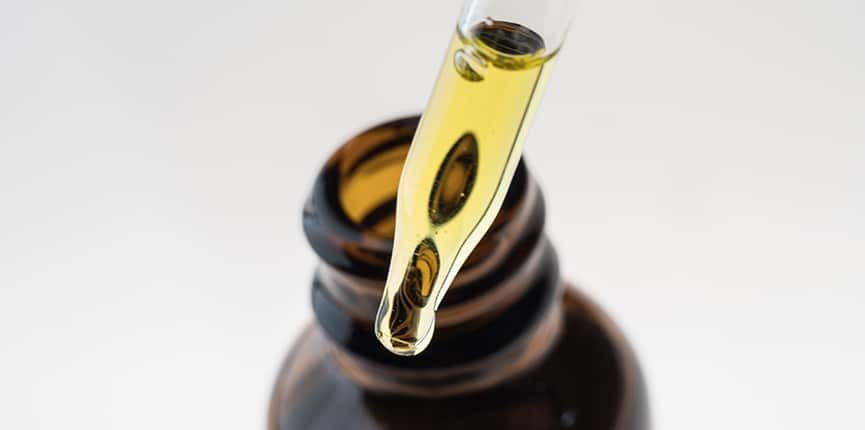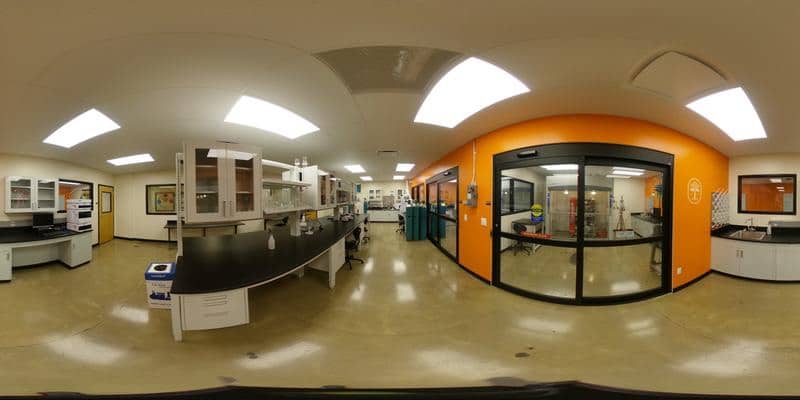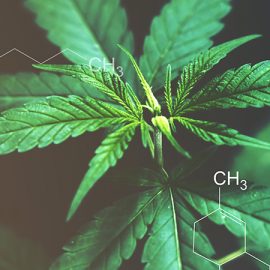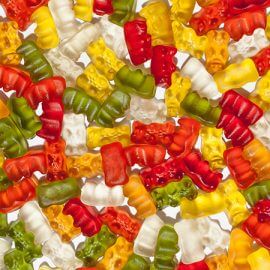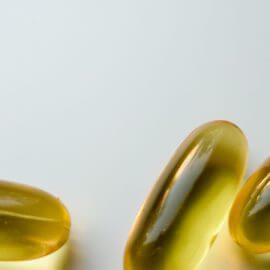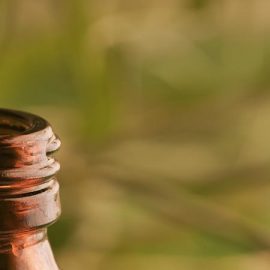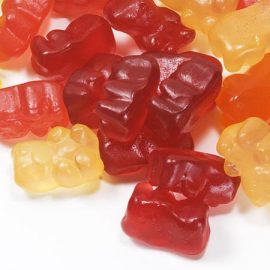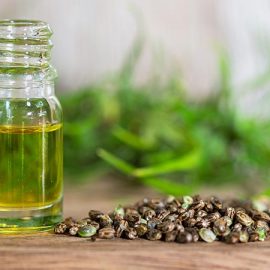Being a cat owner means you are always looking for ways to improve the health and wellbeing of your kitty friend. Although cats are comparatively easy to care for, there are times when they develop psychological and medical problems just like human beings. Pet owners spent $75.38 billion on their pets in 2019. Out of this figure, more than $34.12B was spent on medication, vet visits, and supplies.
Fortunately, an affordable health alternative has been introduced in the market, which is known as cannabidiol (CBD). This natural compound gained lots of attention in a short time due to its excellent potential benefits. Read on this article to know everything about the CBD and how it’s useful for your puffy friend.
What is CBD?
The cannabis plant contains two cannabinoids in large concentrations, known as CBD and tetrahydrocannabinol (THC). Since THC causes a high in its users, the consumption of cannabis became illegal for many years. CBD, on the other hand, doesn’t cause any euphoric sensation or serious side effects. Despite this its use also became illegal. In the 2018 Farm Bill, it was stated that CBD is a natural and safe cannabinoid to use. After its legalization, the CBD demand has been continually increasing as it offers numerous potential health advantages.
Benefits of CBD for Cats
CBD For Joint Health in Cats
With the increase in age, cats may experience a decrease in joint health, which may be painful and cause discomfort. To the surprise of several pet owners, CBD may help support joint health for their cats. Anecdotal evidence indicates that cats consuming CBD seem to have better health. As it has been shown to contain anti-inflammatory and pain-relieving properties.
If your puffy friend is suffering from stiff movement, consuming CBD may be able to help.
CBD for Nervous Cats
Just like human beings, cats can also have nervous dispositions. Some cats are born with this problem, while others develop it due to abuse or abandonment problems. No matter what the reason is, nobody wants to see their cats suffering from nervousness. In fact, excessive nervousness may lead to other health concerns, such as fur loss, poor digestion, and stress.
As CBD may provide anti-anxiety effects in humans and animals, it may be helpful in reducing anxiety in your cat.
Inflammatory Bowel Disease (IBD)
Frustratingly, this is common in cats. IBD cats are most likely to have a cough, get diarrhea, or lose weight. In comparison to other treatments, CBD may be able to help reduce inflammation and, potentially, symptoms.
Seizures
Although these are rare in kitties, CBD may be able to help calm those seizures. If your kitty is already taking seizure drugs, do not immediately interrupt them, and consult a vet.
Asthma
Some cats have very minor symptoms that require little or no medical procedures. Many cats need inhaler medication for long periods of life. CBD may be a great choice to help these kitties with less inflammation and, therefore, fewer attacks of asthma. Before talking to your veterinarian, you must never stop giving medication that your kitty is taking. When your cat needs an inhaler to breathe, it is suggested not to substitute it with CBD oil.
Keep in Mind
If your cat is already under some kind of medication, before providing CBD, please consult your veterinarian to inquire about any potential drug reactions.
Past work has shown that CBD has a inhibits CYP450 enzymes, which are one of the major class of proteins in the liver used to metabolize drugs. In humans, CBD’s inhibitory activity of P450 enzymes means that taking CBD while taking another drug can impede the action of these enzymes. As a result, the effective drug concentration in the body will be higher and the time to eliminate the drug will be longer.
In fact, if your cat isn’t taking any traditional medicine, it’s still a good idea to reach out to your vet. These animal experts can give you more advice specific to your pet’s health.
Ways to Give Your Cat CBD
Add CBD Oil to Cat Food
Most cat owners prefer this method for CBD intake, as it’s easy and effective. Just prepare your cat’s meal like you usually do, and add an appropriate CBD amount on top of the food. Both dry and wet food is good to go for this method.
Place CBD in Your Cat’s Feeding Bowl
Another successful method is putting CBD oil in your cat’s eating bowl. Since your cat is familiar with its bowl, it’s easier to feed them CBD edibles or oils. Leave it there for some time and observe if your cat has a liking to it.
Put CBD to Your Cat’s Treats
Adding CBD to your cat’s favorite treat is also a great idea. It’s similar to adding the CBD to cat food. Just grab your cat’s favorite treat, put CBD on it, and wait for them to eat it. Breaking the treats into pieces can create more surface for the CBD oil to get absorbed.
Put CBD Oil on the Paws
If no method mentioned above works, this is the last one to try because it can be wasteful and messy. Still, it’s worth trying since cats are perfectionists when it comes to cleaning and grooming. They keep licking their paws, so putting some CBD oil on their feet will help you feed it to them. There is also a possibility that your cat will end up running and getting the CBD everywhere. Keeping your cat in a bathroom or crate could be helpful in this method.
Where to Buy CBD?
If you are looking for the original and best quality CBD product, there are several platforms you can entirely rely on. They offer CO2 extracted, 100% natural, and non-GMO CBD products to every client – all you have to do is look for the right manufacturer.






